If you struggle to sleep the night before a presentation and keep replaying mental “trailers” of potential mishaps, such as forgetting your lines, slides crashing, or coworkers judging, you’re definitely not alone. That’s simply your brain at work: making predictions. These predictions are actually the ‘thoughts’. Under pressure, your mind often constructs worst-case scenarios and treats them as ‘certainty’. In Acceptance & Commitment Therapy (ACT), the aim is not to challenge these thoughts but to shift our relationship with them (Source). One thing that can help here is a mindfulness technique called cognitive defusion. In this post, you’ll find a quick one-minute defusion exercise you can do anytime and anywhere. You’ll also receive simple scripts to help manage common “night-before’ worries.
Why your brain premieres a disaster movie
When the stakes are high and you’re unsure about the outcome such as with grades, promotions, or your reputation, your mind can sometimes make the thought “I’ll mess up” feel like it’s a fact. This process, called fusion, tends to shift your focus. Instead of concentrating on what you can actually control—like checking your file name, practicing your opener, or preparing your slides—you might find yourself fixated on things beyond your control, such as seeking perfect approval. When you find yourself battling these thoughts, they often seem to grow, dragging you into endless “what if” scenarios. Instead of getting caught up in arguments with your mind, cognitive defusion gently encourages you to step back from the mental movie and focus on what’s truly important (source). This small shift can make a big difference in how you handle these moments.
The 60-Second Trailer Cut (defusion drill)
Use this simple exercise as soon as your mind starts pulling you into ‘what if’ scenarios:
- Catch the loudest line
Write down that persistent thought your mind keeps echoing, or you can simply notice it in your mind as well.For example: “I’m going to freeze and forget everything.” - Add the defusion prefix
Try rephrasing it as: “I’m having the thought that I’m going to freeze and forget everything.” - Read it once, slowly
Take a moment to notice how the sentence now feels more like a text on a page, rather than a strict command. - Do one 2-minute prep move
Choose a simple, helpful step—like renaming your slide deck, adding your opening line into slide notes, trying out the clicker, or writing the room number on a sticky note.
So, according to ACT-based mindfulness, this is what you are doing: notice → defuse → move.
Plug-and-Play Scripts for Classic Panic Scenes
Scene: “I’ll be stuck in Q&A session.”
- Thought → “They’ll ask a question I won’t be able to answer, and I’ll just look stupid.”
- Defuse → “I’m having the thought that they’ll ask a question I won’t be able to answer.”
- Move → Add a backup slide titled Parking Lot with one line: “Great question—let me follow up after the session.”
Scene: “Tech will fail. ”
- Thought → “The HDMI will stop working and it’ll be a disaster.”
- Defuse → “I’m having the thought that the HDMI will stop working and it’ll be a disaster.”
- Move → Save a PDF copy, email it to yourself, and write a card that says: “Plan B: talk through slides without screen.”
Scene: “Everyone there will judge my voice/hands shake.”
- Thought → “They might notice my hands trembling and think I’m not very capable.”
- Defuse → “I’m having the thought that hey might notice my hands trembling and think I’m not very capable.”
- Move → Have a go-to sentence ready: “Give me ten seconds to pull up the demo.” It’s a simple way to buy yourself some time while keeping the process smooth and steady.
Night-Before Routine (No Rituals, Just Reps)
- Keep your prep to just 5 minutes. When prep feels never-ending, worries can grow. With five minutes, you can do two trailer cuts and a quick micro-prep, just enough to get things moving without feeling overwhelmed.
- Use a “Tomorrow List.” If a new fear comes up late at night, try running the defusion line once and jotting the task on a sticky note to review in the morning. Remember, the goal is to train your response rather than trying to erase every thought.
- Log a win. Notice one small step you completed—such as “renaming the file” or any other milestone you achieved. Progress depends on skills rather than streaks!
Quick Grounding Before You Present
- Choose one “catastrophe thought”, that is, the loudest one your mind keeps replaying and gently practice the defusion step once.
- Try reading your opening line out loud to find your rhythm and feel more comfortable as you start.
FAQs
Is defusion simply positive thinking?
Not at all. You’re not just replacing a “bad” thought with a “good” one. Instead, you’re naming the thought so it becomes less powerful, and then channeling your energy into a positive step forward, while the thought is still there.
Will this help the fear fade away?
The aim isn’t to eliminate fear or anxiety completely. While it may still occur, practicing allows you to focus on what truly matters. Gradually, the catastrophizing thoughts become less persistent.
Is this truly mindfulness if I’m not sitting in a quiet and calm mode?
Yes. In ACT, mindfulness involves flexible attention in everyday situations, not only during formal meditation. Defusion is a mindfulness technique you can do anywhere, even during prep, sliding, or even mid-Q&A.
Try It Now in MetaMindful
Open our Mindfulness app, ‘MetaMindful’ and go for a Defusion Session. It will take around three minutes.
- Simply notice or write down your exact catastrophizing thought.
- Add the ‘defusion’ prefix to reframe it.
- Take a moment to log a quick two-minute prep move.
Tomorrow’s talk might still seem a bit overwhelming—and that’s completely fine. It’s natural for your mind to replay those mental trailers, but remember, you’re the one in charge of what comes next. You get to choose the next step forward.


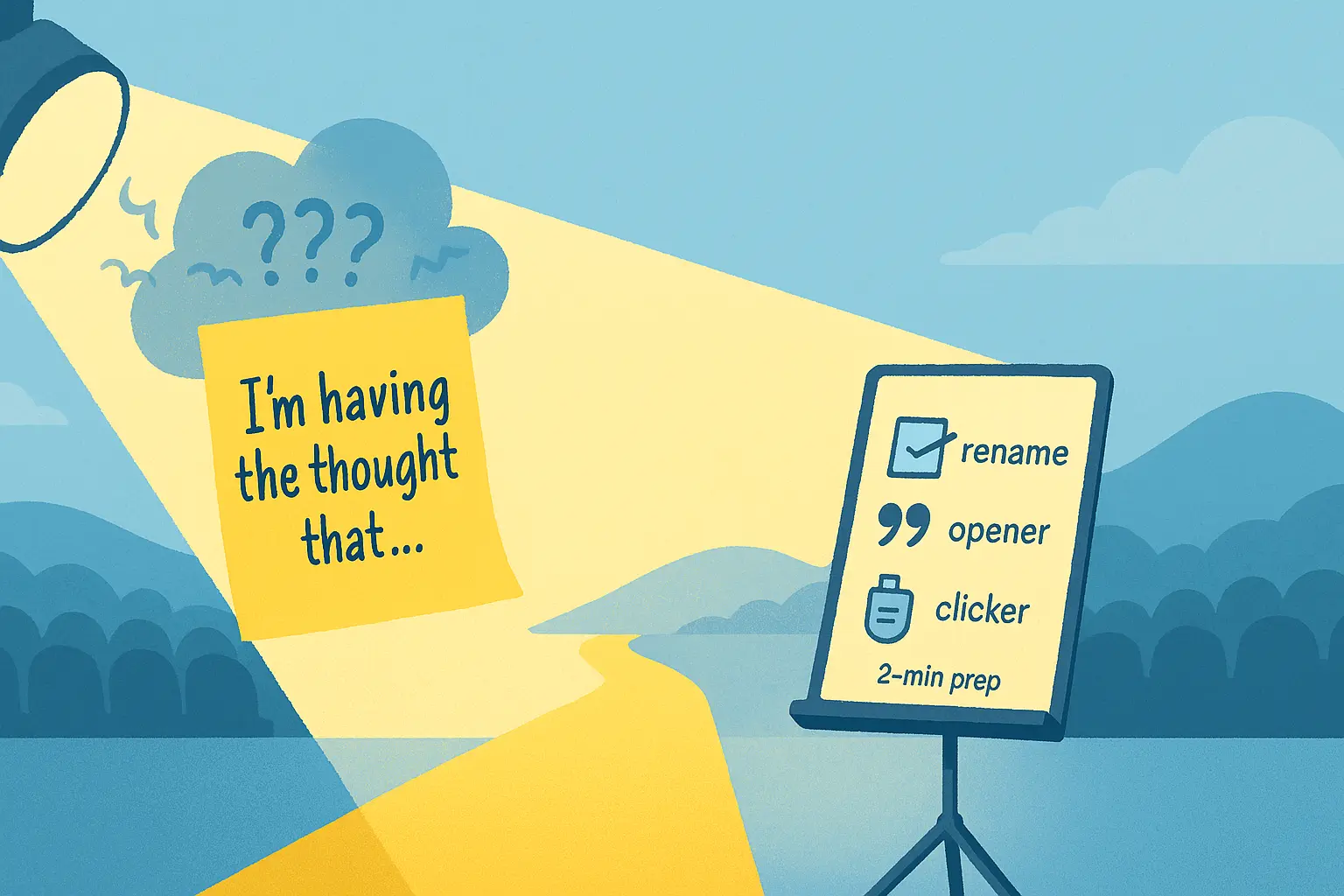



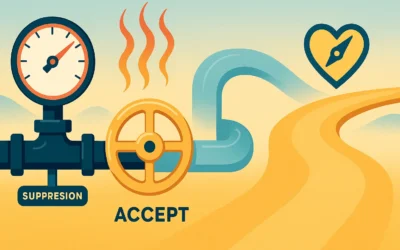
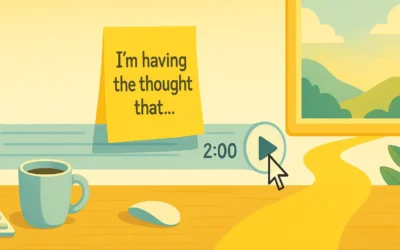

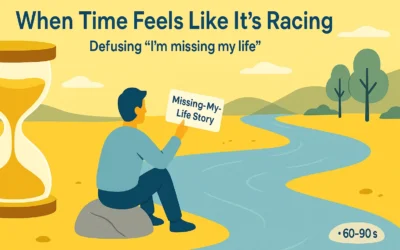
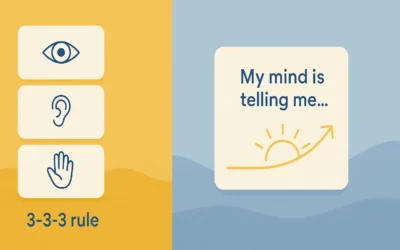


0 Comments